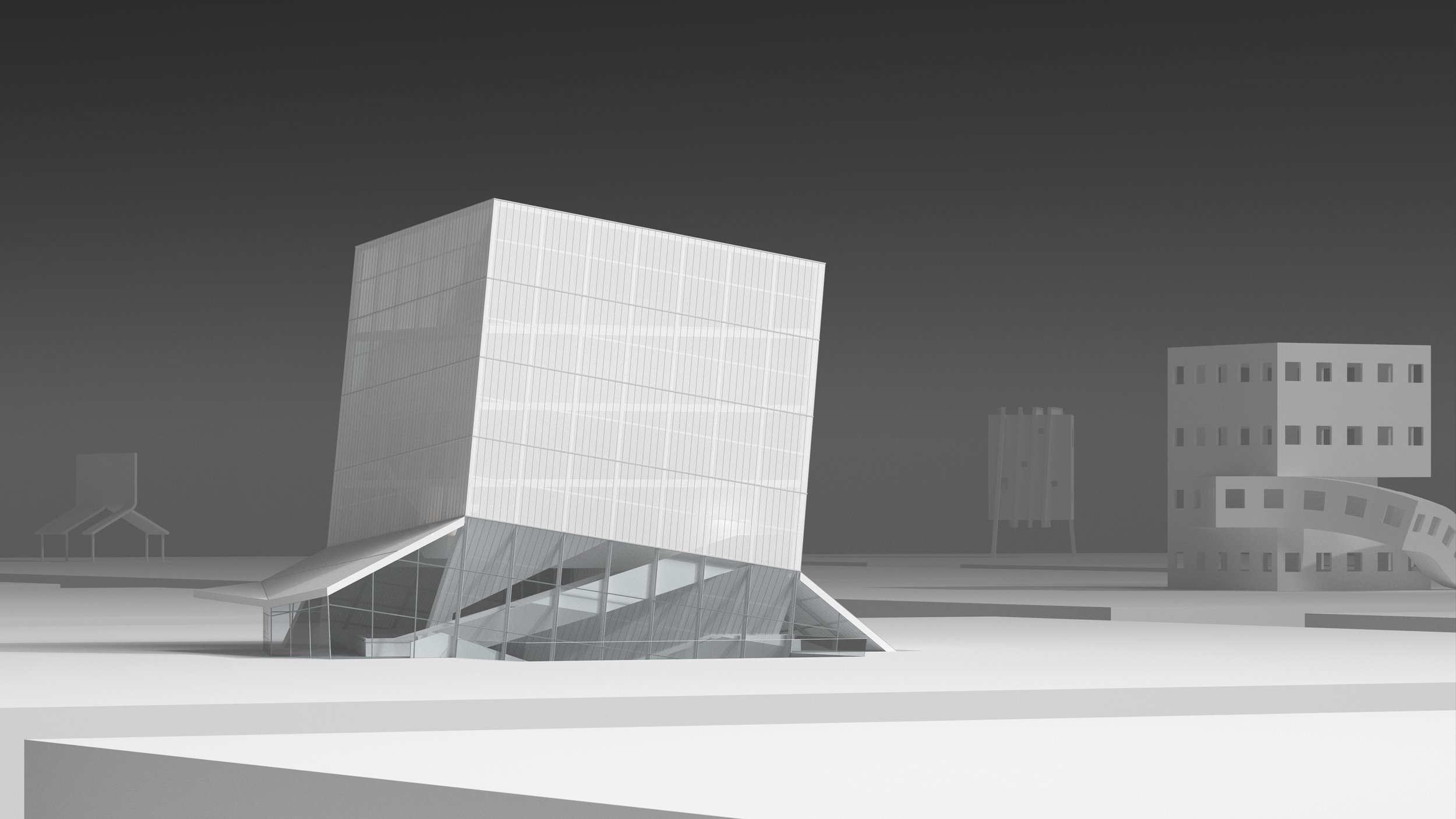
"The exhibition focuses on three core concepts: Singularity, Anti-Conformity, and Momentum. These architectural ideas draw inspiration from speculative realism, while reflecting the designer's evolving interests over time."
- Saul Kim, 2021


- Saul Kim, 2021

"Singularity" introduces an architectural concept that centers around a singular, unbroken element. This approach embraces simplicity and reduction, aiming to achieve architectural versatility by skillfully manipulating this solitary entity. This method envisions crafting an enclosure using a seamless, continuous piece, distilling a building to its essential components. This technique unveils the progression from start to finish, allowing us to follow its journey and transformations.
To attain adaptability, the singularity purposefully shifts and varies, establishing a unique connection with its core identity, unaffected by external factors. Notably, it retains its recognizable characteristics even as a portion evolves into something distinct. The key is to strike a balance between the ordinary and the contrasting. At times akin to a precise surgical procedure, the singularity withstands cuts and bends while maintaining its original dimensions. Its story speaks not just of its present state but also resonates with the echoes of its history, encapsulating an architectural narrative of growth and resilience.
"Anti-conformity" is a concept that explores unconventional ways of assembling architectural elements. Typically, interactions involve two separate pieces, but this idea goes further by showing how elements can interact with themselves, defying norms. The main rule is to break away from traditional assembly methods. Architectural components are viewed as if they exist in two separate realities, with assembly methods that do not match. To bring them together, a new assembling approach is needed.
Take a wall with a window grid, for instance. We often link it to the facade's identity and its purpose. However, this notion must be rethought. By transposing something unexpected, we can redefine its meaning of existence. Think of it as a new structural assembly to the wall. The concept may seem contradictory, yet it holds a unique kind of logic.
"Momentum" delves into movement within architecture, particularly focusing on the dynamics of gravity and levitation. The first concept involves accentuating gravity's effects through a process termed ruination. This approach accelerates the aging of structures, essentially fast-forwarding time. While we can't manipulate time itself, we can utilize form and material to convincingly depict the appearance of decay. Ruination's allure lies in its capacity to deceive time through architectural form.
Conversely, the second concept defies gravity. It strives to make hefty objects seem weightless, even achieving the illusion of levitation. This pursuit necessitates devising innovative structural principles that deviate from the norm, resulting in a remarkable semblance of the impossible. The interplay between ruination and levitation underscores architecture's ability to evoke temporal shifts and challenge physical laws.